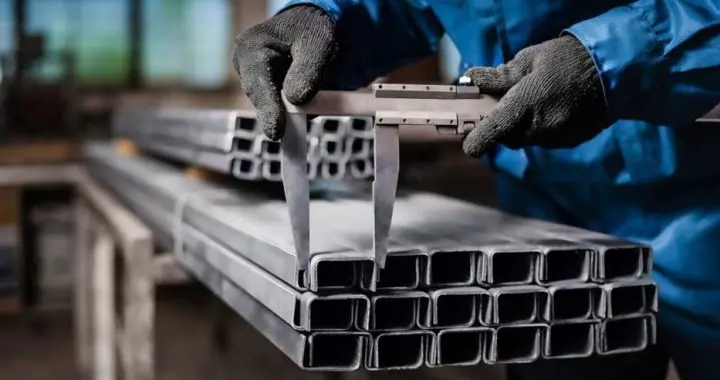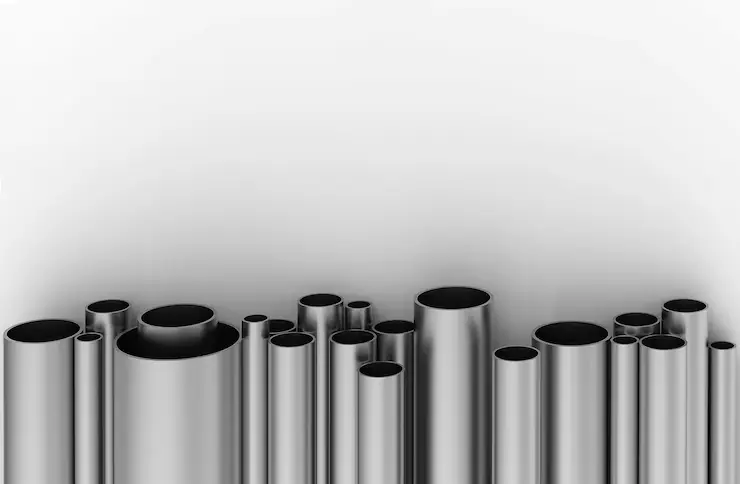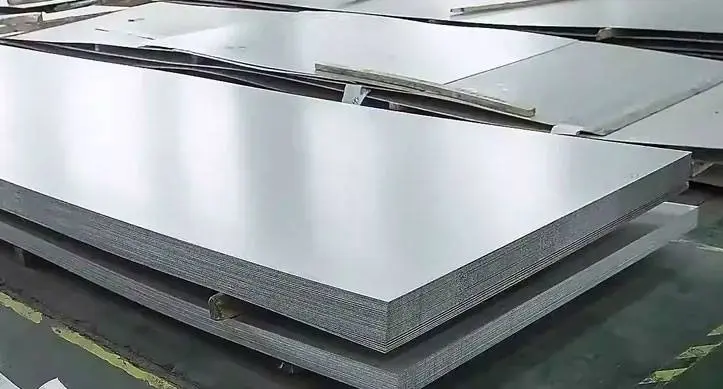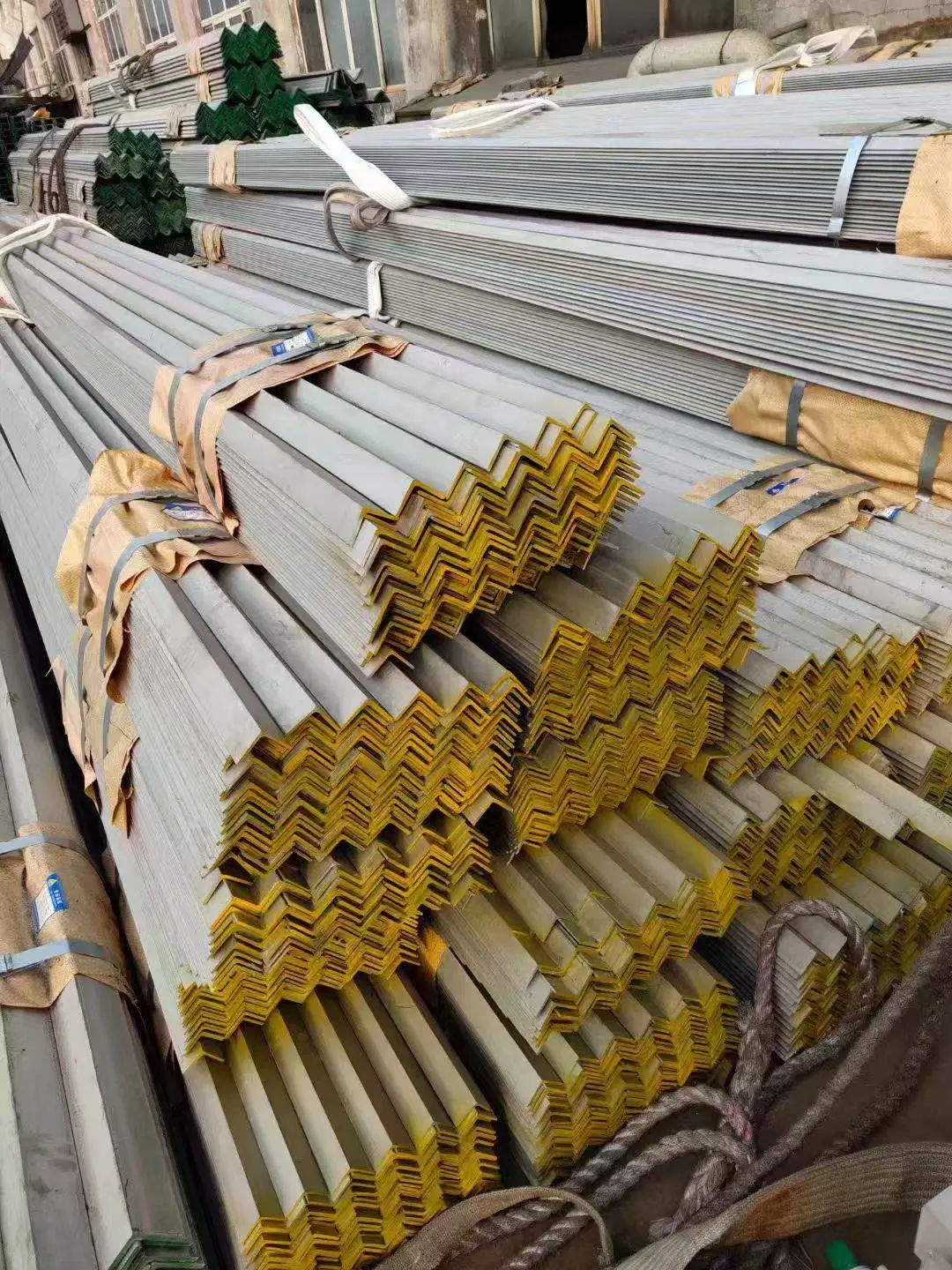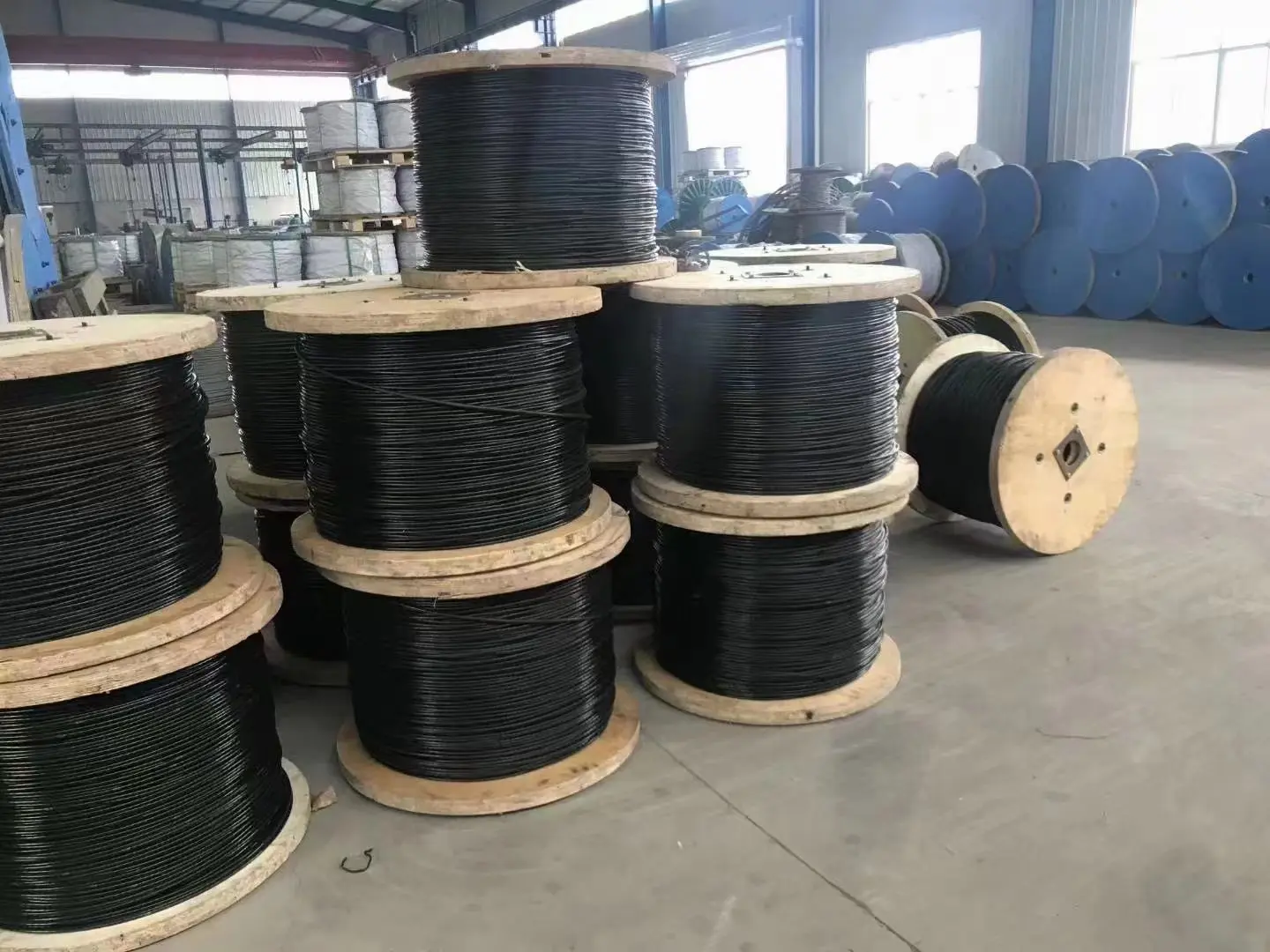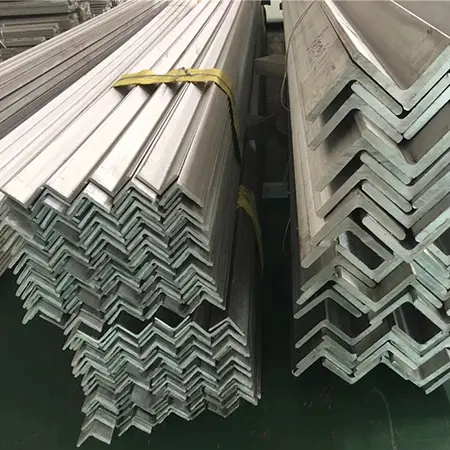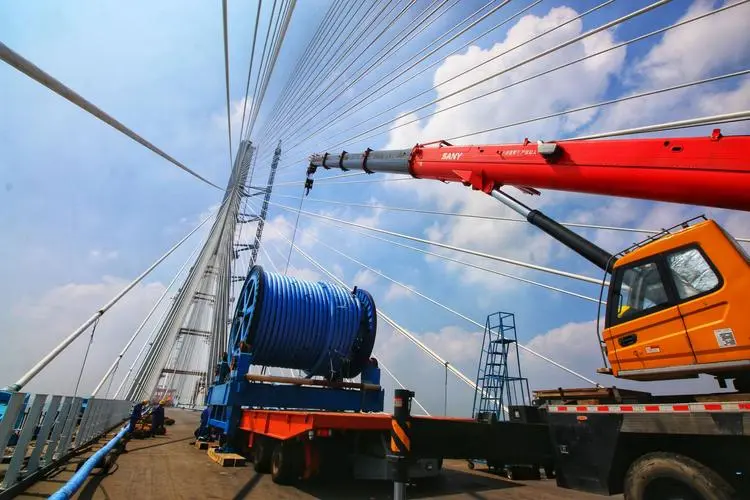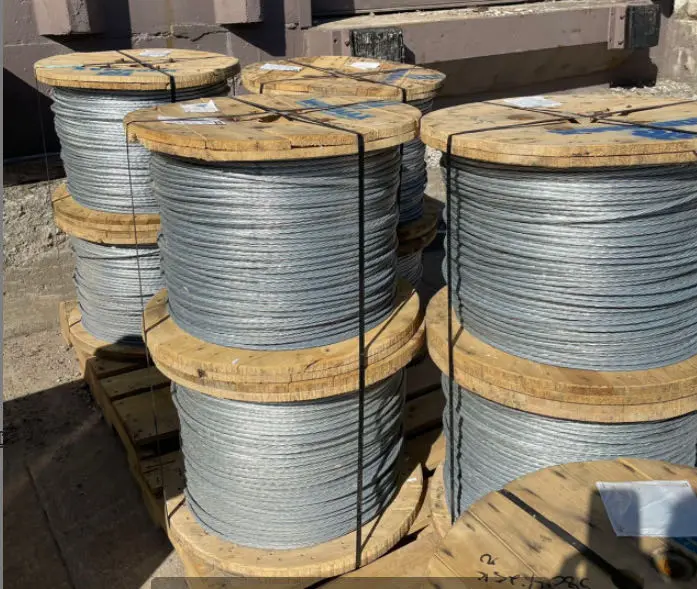Requirements for elevator wire ropes in different scenarios
The requirements for elevator wire ropes in different scenarios vary depending on the specific use environment and needs. The following are some main requirements compiled from multiple sources:
Basic performance requirements
Strength requirements: The strength of the elevator traction wire rope is measured by the static load safety factor, which must meet relevant standards. For example, China stipulates that the static load factor of passenger elevators is greater than 12 (and miscellaneous elevators are greater than 10), and Japan stipulates that it is more than 10. The breaking tension of the wire rope must reach the specified value to ensure the safe operation of the elevator under full load or even overload conditions.
Wear resistance: Elevator wire ropes will constantly rub against components such as traction sheaves during use, so they must have good wear resistance to reduce wear and extend service life.
Flexibility: Good flexibility helps reduce the stress on the wire rope when it is bent, thereby extending its service life.
Diameter and lay length: The diameter and lay length of the wire rope must comply with relevant standards to ensure that it can maintain stable performance during use. For example, the lay length of a wire rope should not exceed 6.75 times its nominal diameter.
Special requirements in different scenarios
Residential area
Specifications and models: Commonly used small passenger elevator wire rope specifications and models such as 819S+FC-8mm, 819S+FC-10mm, etc.
Application requirements: These steel wire ropes need to meet the needs of daily residents for taking elevators, and have good strength and wear resistance. Taking into account cost factors, materials with high cost performance are usually used.
Shopping malls and large public places
Specifications and models: Elevator wire ropes used in shopping malls and other places have relatively large specifications, such as 12mm, 13mm or even 16mm diameter wire ropes.
Application requirements: Due to the large load capacity and high frequency of use of shopping mall elevators, the steel wire rope is required to have higher strength and wear resistance. At the same time, the stability and comfort of the elevator must also be considered, and an appropriate wire rope structure must be selected to reduce vibration and noise.
high speed elevator
Specifications and models: High-speed elevator wire ropes usually use steel core/hybrid core wire ropes with better diameter uniformity and less expandability, such as wire ropes in the 819 and 919 categories.
Application requirements: High-speed elevators require higher strength and stability of steel wire ropes to ensure safety and stability during high-speed operation. At the same time, the wear resistance and service life of the wire rope must also be considered to meet the needs of long-term operation.
special environment
Corrosion resistance requirements: Elevator wire ropes used in humid and corrosive environments must have good corrosion resistance. For example, wire ropes made of corrosion-resistant materials such as stainless steel wire ropes or plastic-coated wire ropes can be used.
Fire protection requirements: Where fire protection is required, steel wire ropes with fire protection properties should be used or other fire protection measures should be taken.
Other matters needing attention
Installation and maintenance: The installation and maintenance of wire ropes are crucial to the safe operation of the elevator. During the installation process, relevant standards and specifications must be followed to ensure matching and good contact between the wire rope and the traction sheave and other components. During use, it is necessary to regularly check the wear and lubrication status of the wire rope, and replace the severely worn wire rope in a timely manner.
Lubrication: Most of the newly shipped steel wire ropes have been lubricated during production, but grease needs to be replenished regularly during use to reduce friction and wear. At the same time, care should be taken to avoid excessive lubrication to avoid affecting the friction between the wire rope and the traction sheave.


